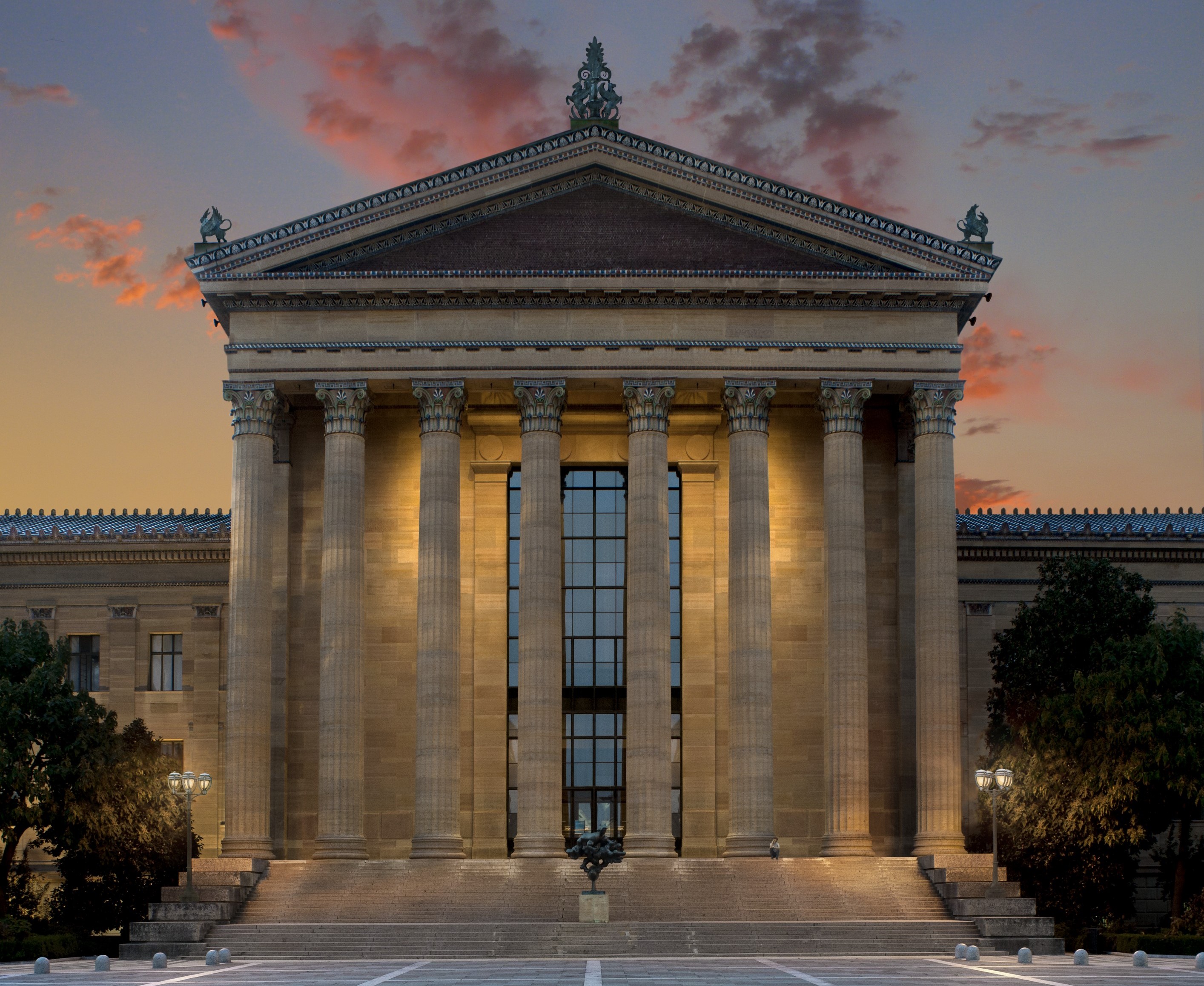Mar 1 2017 - May 14 2017
Philadelphia, PA
This exhibition explores watercolor painting’s remarkable rise in the United States in the years between 1860 and 1925. From the passion of a small group of painters in the 1860s to the flowering of modernism in the early twentieth century, this survey charts the artistic revolution that occurred during the lifetimes of Winslow Homer and John Singer Sargent, the two most influential American watercolorists.
Although widely practiced in the US before the Civil War, watercolor painting existed at the margins of the professional art world. Considered the domain of amateurs, women, and commercial artists, it drew little interest from the mainstream painters of the mid-1800s. Watercolor’s reputation changed with the creation of the American Watercolor Society in 1866. Its annual exhibitions soon became the most liberal forum in New York, uniting artists of all ages, styles, and backgrounds. Drawing talent from the ranks of illustrators, who used watercolor on the job, and gaining strength from the Impressionists and landscape artists, who sketched in watercolor outdoors, the movement also welcomed new arts and crafts designers.
The buzz attracted collectors, who sparked the interest of yet more artists. By the early 1880s, every corner of the American art world was represented in the Society’s galleries: avant-garde painters returning from Europe, the old guard learning new tricks, illustrators looking for “fine art” status, and women artists seeking an entrée.
The American watercolor movement created stars like Homer, John La Farge, Thomas Moran, and William Trost Richards, artists who would remain dedicated to the medium for decades. Thomas Eakins, George Inness, and others rode the wave through its peak in the 1880s. Together, their work produced a taste for watercolor among younger artists and eager collectors that would endure through the turn of the century, inspiring a new crop of illustrators such as Maxfield Parrish and Jessie Willcox Smith, decorators from the circle of Louis C. Tiffany, and plein air masters Childe Hassam, Maurice Prendergast, and Sargent.
Thanks to the legacy of Homer, Sargent, and their contemporaries, the next generation—Charles Demuth and Edward Hopper among them—would choose watercolor as a principal medium. Within fifty years, the Modernists would demonstrate that the reputation of watercolor had been rebuilt as a powerful and versatile “American” medium.
Credit: Exhibition overview from museum website
Whether you go or not, the exhibition catalog, American Watercolor in the Age of Homer and Sargent , tells the definitive story of the metamorphosis of American watercolor practice between 1866 and 1925, identifying the artist constituencies and social forces that drove the new popularity of the medium. The major artists of the movement – Winslow Homer, John Singer Sargent, William Trost Richards, Thomas Moran, Thomas Eakins, Charles Prendergast, Childe Hassam, Edward Hopper, Charles Demuth, and many others – are represented with lavish color illustrations. The result is a fresh and beautiful look at watercolor’s central place in American art and culture.
Exhibition Venues & Dates
Mar 1 2017 - May 14 2017
Philadelphia, PA

